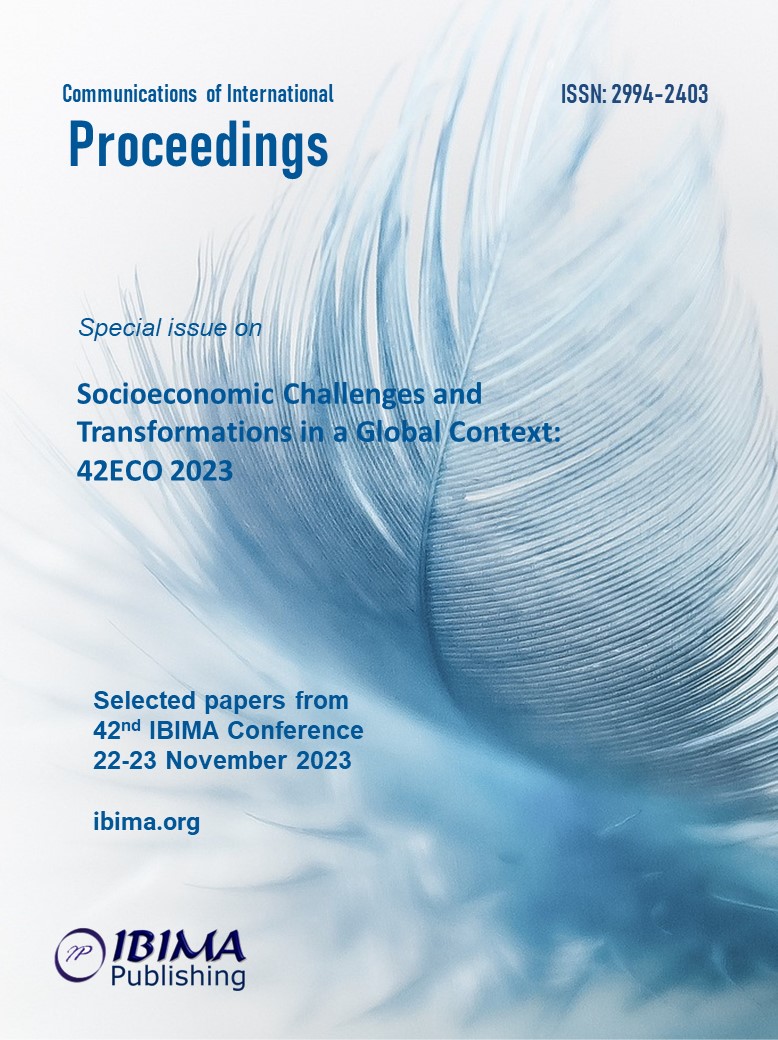
Anna MILEWSKA and Daniel BŁAŻEJCZYK
Warsaw University of Life Sciences in Warsaw, Poland

The aim of the article was to show the specificity of the “Family 500+” program in the context of the effects of reducing poverty in families. The main reason for introducing this program in Poland were pro-natal aspects, but the second, equally important reason for this program was to reduce the income poverty of families with children. So far, it has not been directly indicated whether and how this social solution affects this phenomenon. The data necessary to conduct the research came from: a critical review of literature, analysis of data from the Central Statistical Office regarding: the extent of extreme poverty in Poland (especially among children), the unemployment rate of women and the professional activity rate of women. The methods of synthesis, inductive and deductive reasoning and interpretation were used. After implementing the program, sustained improvements in poverty rates were observed. The declines are noticeable in all age categories, and the largest among children – in the age group 0-17. Changes in the labor market are also visible. After the program was introduced, some women resigned from work due to family responsibilities (although this phenomenon was noticeable even before 2016), while a larger number of women took up work then. The “Family 500+” program did not contribute to an increase in the fertility rate, but it reduced poverty. This was especially true for children. In this group of people, the rate of extreme poverty before the program was introduced was high compared to other European Union countries.